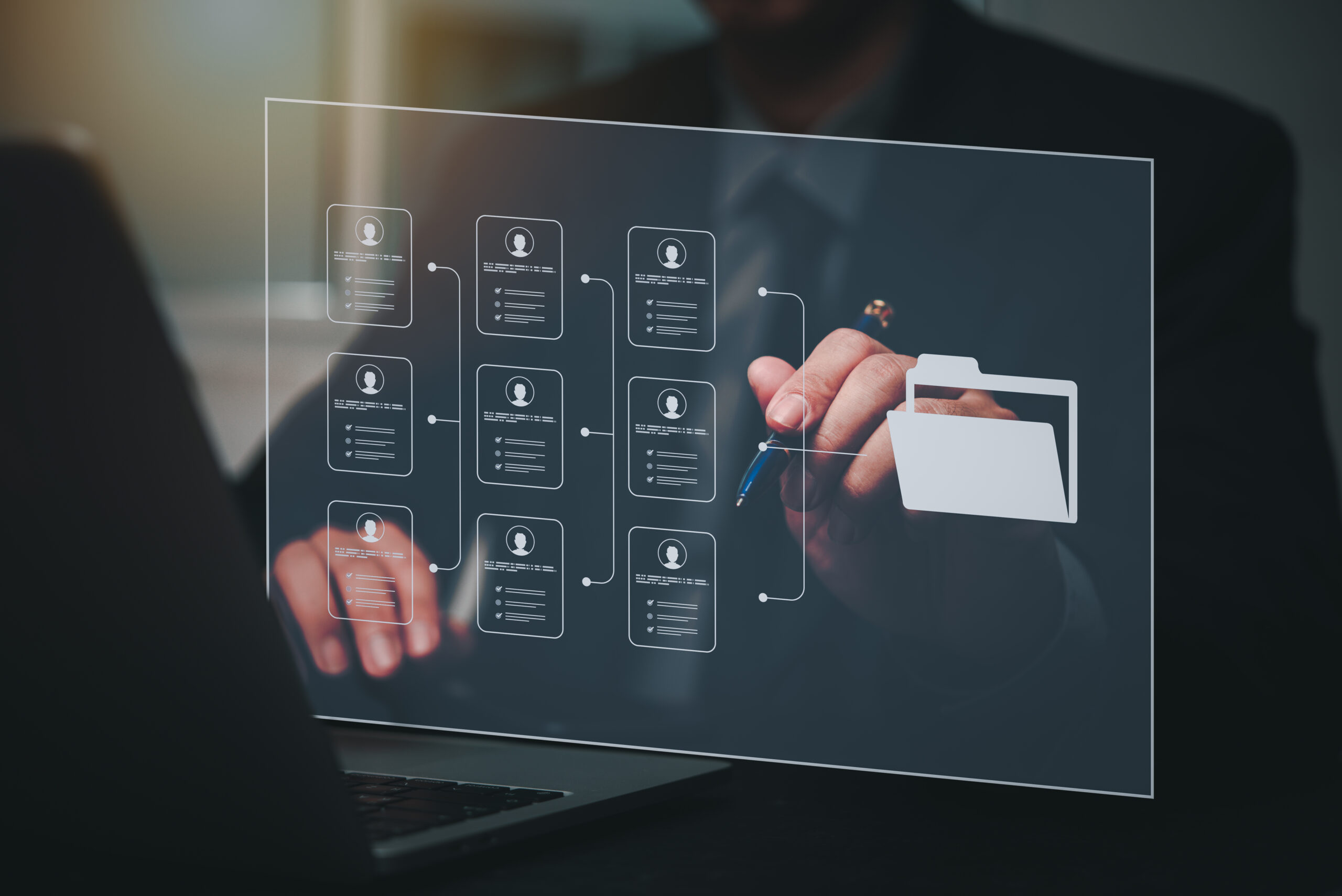Artificial Intelligence in HR doesn’t have to be overwhelming or complex. By starting with targeted applications that address specific pain points, HR teams can gradually build confidence and expertise with AI while delivering immediate value to their organizations.
Starting Your AI Journey
The key to successful AI adoption lies in identifying high-impact, low-risk areas where automation can free up valuable time for more strategic work. Modern AI tools have become increasingly accessible, requiring minimal technical expertise to implement and maintain.
Resume Screening and Candidate Matching
One of the most straightforward applications of AI in HR involves automating initial resume screening. AI-powered tools can analyze hundreds of resumes quickly, matching candidates to job requirements with remarkable accuracy. These systems learn from your historical hiring data to understand what makes a successful hire in your organization.
Modern AI recruiting tools go beyond simple keyword matching. They can identify potential in candidates whose resumes might not perfectly match job requirements but who possess transferable skills. This broadens your talent pool and helps reduce unconscious bias in the screening process.
Employee Engagement Analysis
AI excels at analyzing unstructured data from multiple sources to identify patterns in employee engagement. Natural language processing can analyze responses to open-ended survey questions, providing deeper insights than traditional numerical scores alone.
These tools can process feedback from various channels – surveys, chat messages, emails – to identify emerging concerns before they become major issues. They can even suggest personalized engagement strategies based on successful interventions with similar employee groups.
Chatbots for Employee Self-Service
AI-powered chatbots offer a practical starting point for organizations new to AI. These virtual assistants can handle routine HR queries, from benefits information to policy questions, providing immediate responses 24/7. Modern chatbots learn from each interaction, becoming more effective over time.

Implementation can start small, with the chatbot handling a limited set of common questions. As users and HR teams become more comfortable, functionality can expand to include more complex interactions like leave requests or benefits enrollment.
Performance Management Insights
AI tools can transform performance management from an annual event into an ongoing process supported by real-time insights. These systems can analyze performance data, feedback, and work patterns to identify both struggling and high-performing employees.
The technology can suggest development opportunities based on an employee’s career goals and current skill gaps. It can also identify potential mentor-mentee matches within your organization, facilitating organic knowledge transfer.
Personalized Learning Recommendations
AI excels at creating personalized learning experiences. By analyzing an employee’s role, skills, performance data, and career aspirations, AI can recommend relevant training content and development opportunities.
These systems can track learning progress and adjust recommendations based on individual learning styles and preferences. They can also identify skill gaps across teams or departments, helping inform broader training initiatives.
Implementation Strategies
Start with a clear assessment of your current HR processes and pain points. Identify areas where AI could provide immediate relief to overworked HR staff or enhance service delivery to employees.
Build internal support by communicating the benefits of AI adoption in terms of improved efficiency and enhanced employee experience. Address concerns about job displacement by emphasizing how AI frees up time for more strategic work.
Change Management Essentials
Successful AI implementation requires thoughtful change management. Involve end-users early in the process, gathering their input on pain points and potential solutions. Provide adequate training and support during the transition period.
Set realistic expectations about what AI can and cannot do. Focus on how AI augments human capabilities rather than replacing human judgment. Create feedback loops to continuously improve AI implementations based on user experiences.
Data Privacy and Security
Establish clear protocols for data handling and privacy protection. Ensure all AI implementations comply with relevant regulations and internal policies. Be transparent with employees about how their data will be used and protected.
Measuring Success
Define clear metrics for evaluating AI implementations. Track both quantitative measures like time saved or queries resolved and qualitative factors like user satisfaction and adoption rates.
By starting small and focusing on specific use cases, organizations can build momentum for broader AI adoption in HR. The key lies in choosing applications that deliver clear value while building confidence in AI technology among both HR staff and employees. Through careful implementation and ongoing refinement, AI can transform HR from a primarily administrative function into a strategic driver of organizational success.





